Oh, What a Feeling, With Acoustics in the Ceiling!


Oh, What a Feeling, With Acoustics in the Ceiling!
By EDITORIAL TEAM at ARCHITECTURE MAGAZINE
Quiet Mark share expert-verified acoustic ceiling systems to support architects and designers across projects.
It’s well known that good acoustic design, in any space, can bring multiple wellbeing benefits. Whether it’s improved exam results because pupils can hear their teachers better, or faster recovery rates in hospital wards through improved sleep conditions, increased productivity in the workspace, or even our perception of better tasting food in restaurants, focusing on sound, as much as the look, can make a space fit for purpose, and more pleasurable for its occupants.
But, when it comes to improving acoustics, where do you start? Well, Quiet Mark’s Acoustic Academy provides a free to use, online guide of expertly verified leading acoustic solutions for every building application area. And sometimes the answer is right above our heads. Literally!
Ceilings can have a significant impact in how sound affects the intended use of a space. They can help control sound reflections that can aid speech intelligibility, as well as provide sound attenuation (from inside to outside or room to room) that can aid acoustic comfort and privacy.
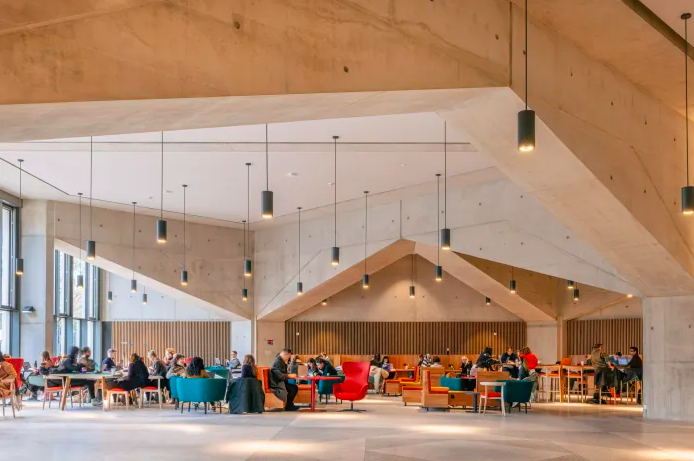 Pritzker Prize winners Grafton Architects chose BASWA Phon to control the interior acoustics for the LSE’s Marshall Building. The Quiet Mark certified BASWA Phon acoustic system is inset into the concrete, making the open plan space more functional and comfortable without compromising the design. Photo credit: Harry Tarbuck
Pritzker Prize winners Grafton Architects chose BASWA Phon to control the interior acoustics for the LSE’s Marshall Building. The Quiet Mark certified BASWA Phon acoustic system is inset into the concrete, making the open plan space more functional and comfortable without compromising the design. Photo credit: Harry Tarbuck
“Good room acoustics, like good lighting, can noticeably improve the user experience in almost any building where human activity takes place – in offices, restaurants and swimming pools; in education, galleries and museums; in historical buildings and in the home” says Martin Rawlins, Head of Sales, UK at BASWA acoustic AG.
“For this reason, interior acoustics are no longer considered as a specialist luxury, but a fundamental aspect of human centric design”.
Pioneered and produced in Switzerland, BASWA combines high performance reverberation control with a range of natural marble plaster finishes that seamlessly conform to the design. BASWA can be found in many of the world’s most prestigious buildings including the newly renovated National Portrait Gallery, the Shard main reception, Harrods and the LSE (pictured above).
BASWA Phon Acoustic Plaster System and their new Natural Acoustic Plaster System have both been Quiet Mark certified.
“BASWA is most often used as an acoustic ceiling system, but may equally be applied to walls, and even over curves. The finishes are tinted to match any colour without loss of performance, and BASWA have even curated a new range of beautiful hand-applied textures to whet your creativity”.
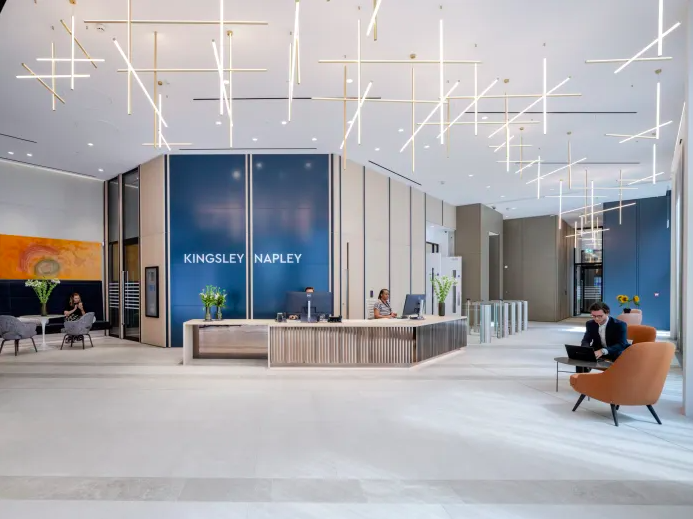
Rockfon® Mono® Acoustic is a seamless acoustic ceiling which delivers outstanding acoustic comfort. It has been used in the new fit out of Kingsley Napley’s offices, by Architect, KKS Savills
There is always a certain degree of reflections in day-to-day indoor environments, however the context in which these spaces are used will determine to what degree this is acceptable or not. The metric that determines to what degree a surface is reflective is the Absorption Coefficient (aw), which has a value of between 0 and 1, the former being completely reflective and the latter completely absorptive.
Sound energy that doesn’t bounce back has potential to travel through and reach the other side, whether this is from outside to inside or in between adjacent rooms or apartments. The amount of sound attenuation that an element provides is dependent on its density, thickness and construction.
“A traditional tile and grid suspended ceiling is the most common option for an acoustic ceiling, but they sometimes don’t suit the desired aesthetic. Many designers want a minimalist, unobtrusive ceiling which can accommodate all of the necessary services above – lighting, ventilation etc – whilst providing Class A sound absorption” says Pascal van Dort, Rockfon’s Global Acoustics Ambassador.
Rockfon’s seamless acoustic solution is Rockfon Mono Acoustic which is Quiet Mark certified and has been specified in hundreds of projects, ranging from high end residential and heritage projects such as Windsor Castle through to workspaces for the likes of LinkedIn in Dublin and Kingsley Napley in London.
“As a prestigious law firm, Kingsley Napley wanted to create an atmosphere of “hushed self-assuredness with a hint of opulence” something they achieved from the interior design, including the acoustic design. All spaces required excellent noise control for confidentiality and acoustic comfort, starting with Rockfon Mono Acoustic in the double height atrium in the reception area.”
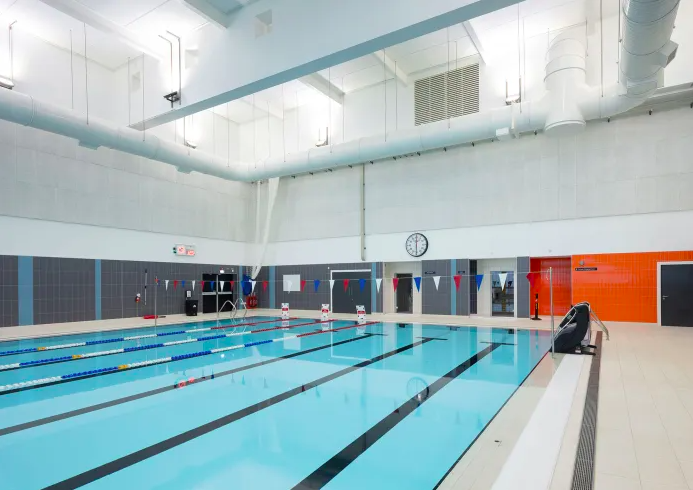
Optimum sound control and humidity resistance were design imperatives for the new Strathclyde Sports Centre. Knauf’s Quiet Mark certified Knauf HERADESIGN® Macro Acoustic Ceiling and Wall Panels were specified for the project.
At Quiet Mark, the performance of a ceiling solution is assessed using the Sound Reduction Index (Rw), or Noise Reduction Coefficient (NRC). Rw represents the amount of decibels (dB) that the element attenuates, whereas NRC is given as a 0 to 1 factor. The acoustic application of these elements is dependent on the context where they are being introduced, therefore, the Quiet Mark assessment focuses on validating that their acoustically-related metrics are tested to the relevant standards, in certified facilities, and that its performance aligns with what is presented in the product brochures and/or website specifications.
“Optimum sound control and humidity resistance were design imperatives for the new Strathclyde Sports Centre. Heradesign® and Thermatex Aquatec® were specified for the project”, says Amanda Connolly, Specification Manager at Knauf Ceiling Solutions.
“Heradesign® macro, (pictured below) was installed on the walls around the swimming pool. Thermatex Aquatec® formed the ceiling system in the adjoining changing, showering and circulation areas”.

Heradesign® macro
Gareth McKnight, Kennedy Fitzgerald & Associates said, “The challenge was finding a system that met the anti-corrosive criteria and performed acoustically. An acoustician measured the reverberation times and Heradesign performed well. With a white interior colour scheme Heradesign brought texture, added depth and interest to the overall interior design.”
“In open spaces, we share many things, along with the echo and noise that occupy a room. BuzziSpace’s BuzziPleat helps to dampen unwanted sounds, so you can thrive in your space”, says Richard Ellerbeck, Global Acoustic Consultant at BuzziSpace.
BuzziPleat, (pictured below), is unlike any other acoustic panel due to its sustainable attributes and handcrafted nature. The avant-garde solution is crafted from BuzziSpace’s hero BuzziFelt textile, which is made of fully recycled materials, and is hand pleated and laced to perfection. On top of that, the architectural sculpture brings a unique dynamic to any interior.
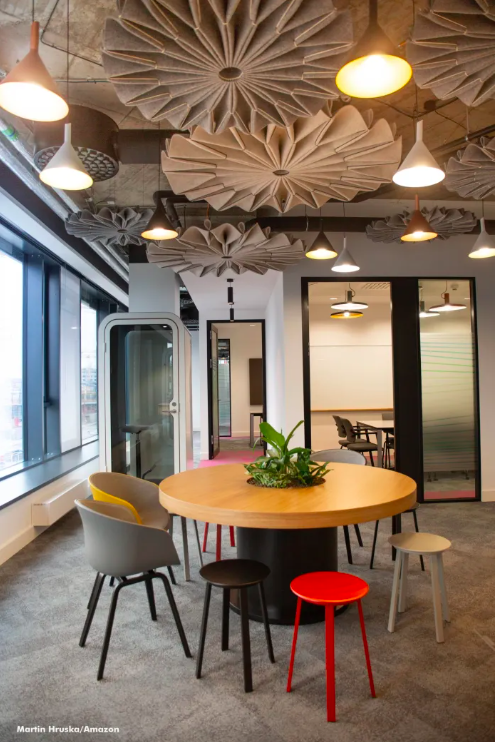
BuzziPleat
BuzziPleat’s architectural folds maximize surface area, delivering excellent acoustic performance. The large folds trap mid and low tones to prevent sound waves from bouncing back and forth between hard surfaces. Combine different BuzziPleat models and suspend them at various heights to create a dynamic, one-of-a-kind ceiling, all while absorbing excessive noise. The large-scale, yet lightweight sculptural forms can also be wall-mounted, or combine the hanging acoustic pendants with a light source to marry sound control and illumination into one multi-purpose product, BuzziPleat Light, (seen below).
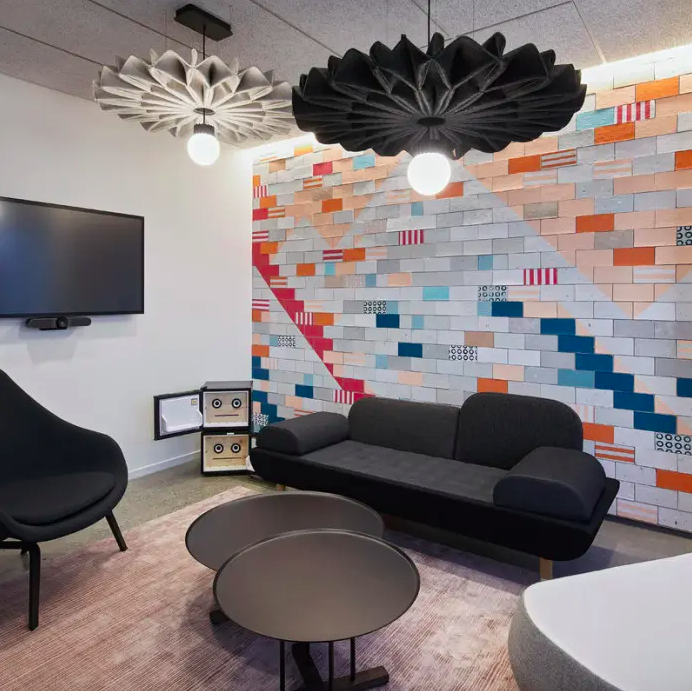
BuzziPleat Light
All the ceiling solutions mentioned above can be found in Quiet Mark’s Acoustics Academy directory of Third Party Certified products for every acoustic application. In addition to ceilings, you’ll also find a range of glazing, flooring, insulation, heating, ventilation and many other solutions, all available at quietmark.com.
Rea d the original feature on the Architecture Magazine website here.
d the original feature on the Architecture Magazine website here.



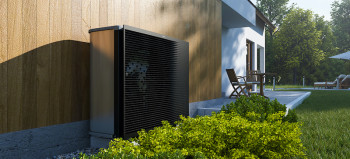








 Quiet Mark Founder
Quiet Mark Founder